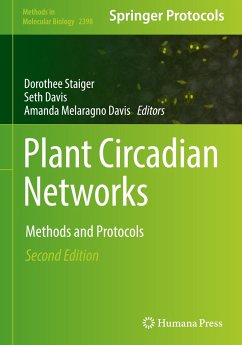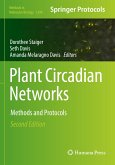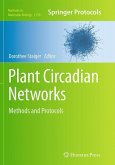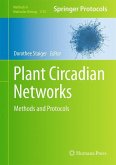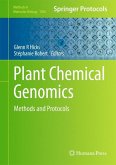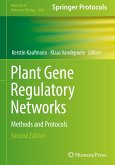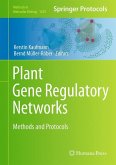This second edition provides new and updated protocols to investigate clock-controlled parameters including period estimations and entrainment measurements and modelling. Chapters detail promoter activity using luciferase reporters, fluorescent-tagging of clock proteins and cellular imaging, protein level measurements, regulated RNA splicing detection, post-translational modifications, protein-protein interactions, and protein DNA/chromatin interactions. Additional chapters focus on seasonal processes like hypocotyl growth and flowering time control in annuals and trees, and techniques on soybean. Written in the format of the highly successful Methods in Molecular Biology series, each chapter includes an introduction to the topic, lists necessary materials and reagents, includes tips on troubleshooting and known pitfalls, and step-by-step, readily reproducible protocols.
Authoritative and practical, Plant Circadian Networks: Methods and Protocols, Second Edition is designed not only for the chronobiology community dealing with circadian biology but also for the plant community in general.
"Period estimation and rhythm detection in timeseries data using BioDare2, the free, online, community resource" is available open access under a Creative Commons Attribution 4.0 International License via link.springer.com.
Authoritative and practical, Plant Circadian Networks: Methods and Protocols, Second Edition is designed not only for the chronobiology community dealing with circadian biology but also for the plant community in general.
"Period estimation and rhythm detection in timeseries data using BioDare2, the free, online, community resource" is available open access under a Creative Commons Attribution 4.0 International License via link.springer.com.

